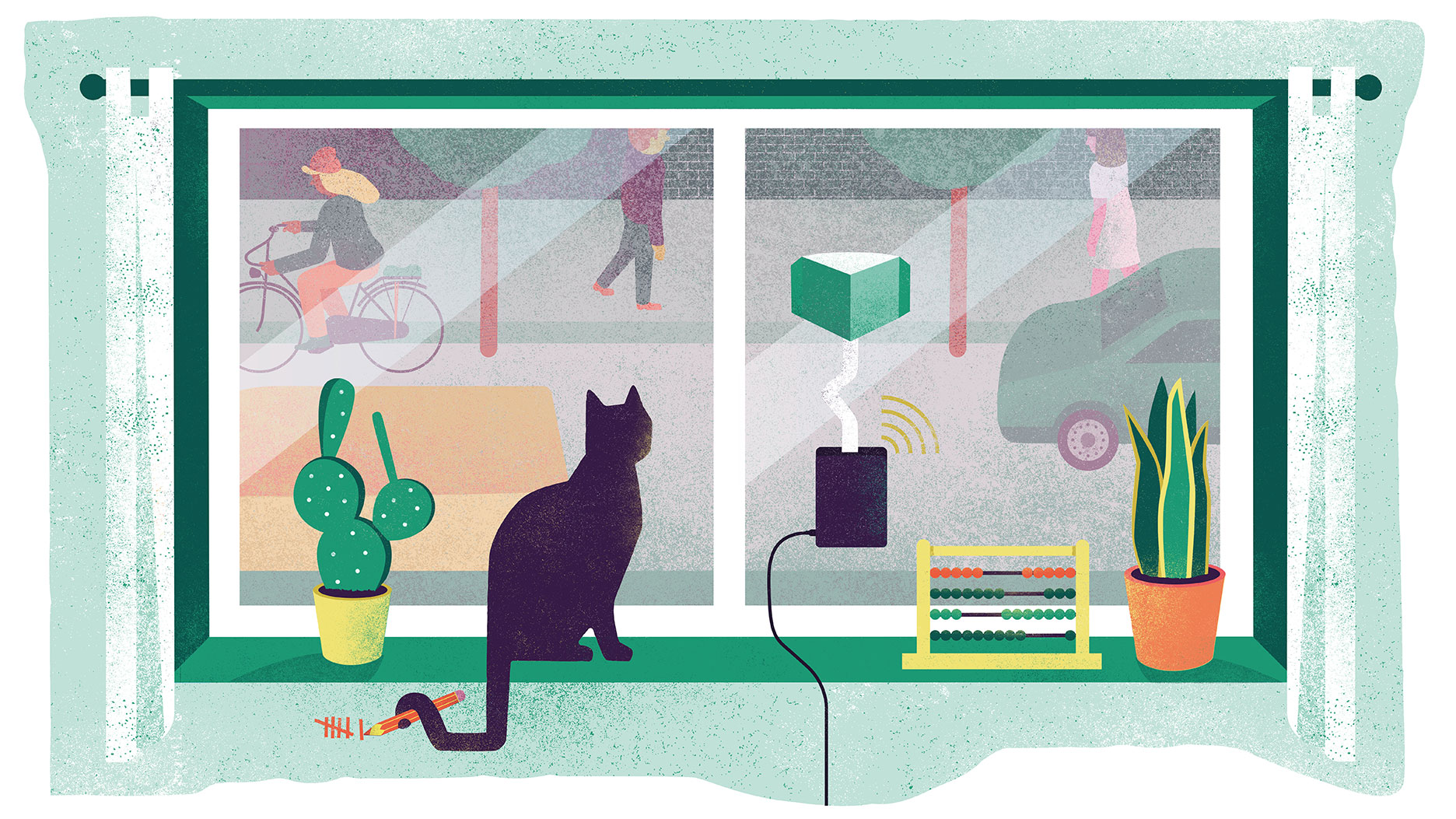
Your window on local traffic
Get high quality, continuous and real-time data, in collaboration with local citizens.

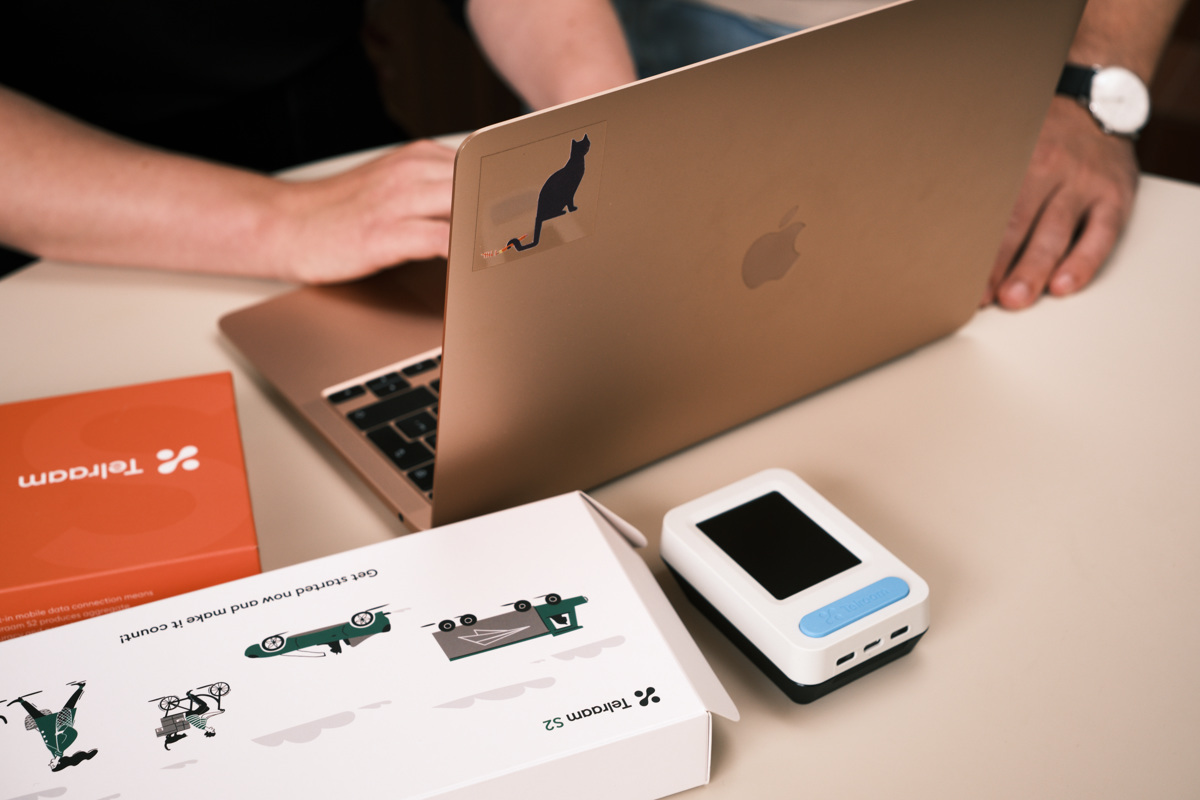
What is Telraam?
Telraam is your citizen-powered solution for collecting multi-modal traffic data with a purpose-built, affordable, and user-friendly traffic counter.Our Telraam sensor continuously monitors a street from a citizen’s window, providing crucial data on various modes of transport, including motorised vehicles, cyclists, pedestrians, and more. Telraam networks also create the opportunity for dialogue between traffic planners, local authorities and their most affected communities: the citizens who live on - and use - these streets, by turning traffic counting into an open and accessible citizen science project.
Inform the debate
Complex issues require quantitative traffic data to enhance our understanding and to find better solutions.
Gathering data to get a full picture of transport, leisure, and social activity for a network of streets is often impossible or very expensive with traditional tools like pneumatic tubes or manual counts.
Telraam sensors and networks provide a solution for citizens and their local representatives.
Traffic data for better streets
Telraam creates custom networks of sensors that leverage the knowledge
and access of local residents, using artificial intelligence (AI) technology to deliver consistent, timely, quality data for more efficient and effective infrastructure, traffic flow and traffic management plans.
Involving citizens and publishing open data brings researchers and policy makers into contact with local residents, creating the potential for interaction, dialogue, co-creation, and other forms of participation.
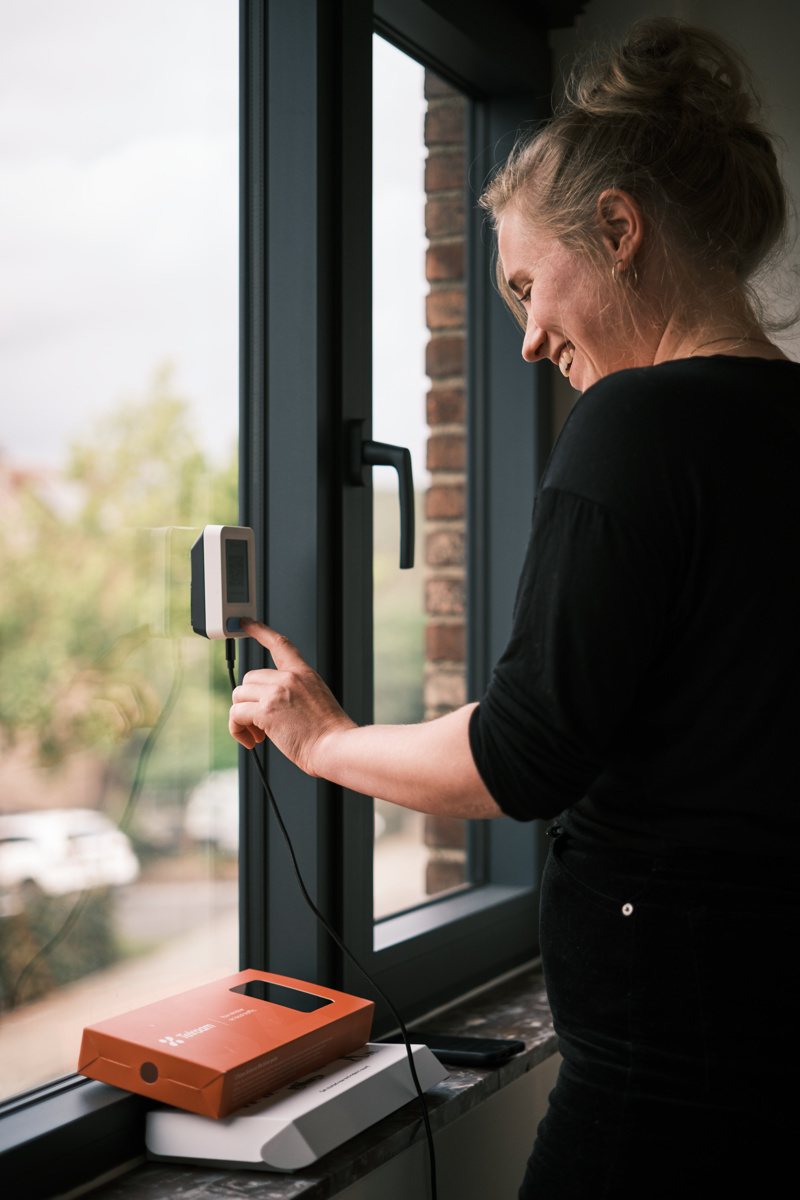

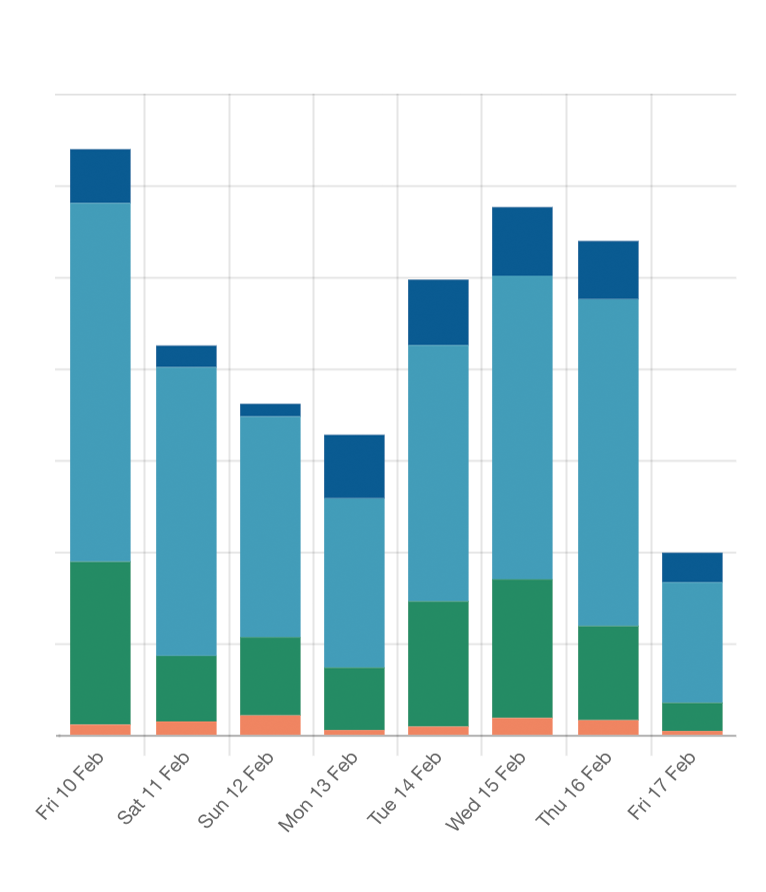

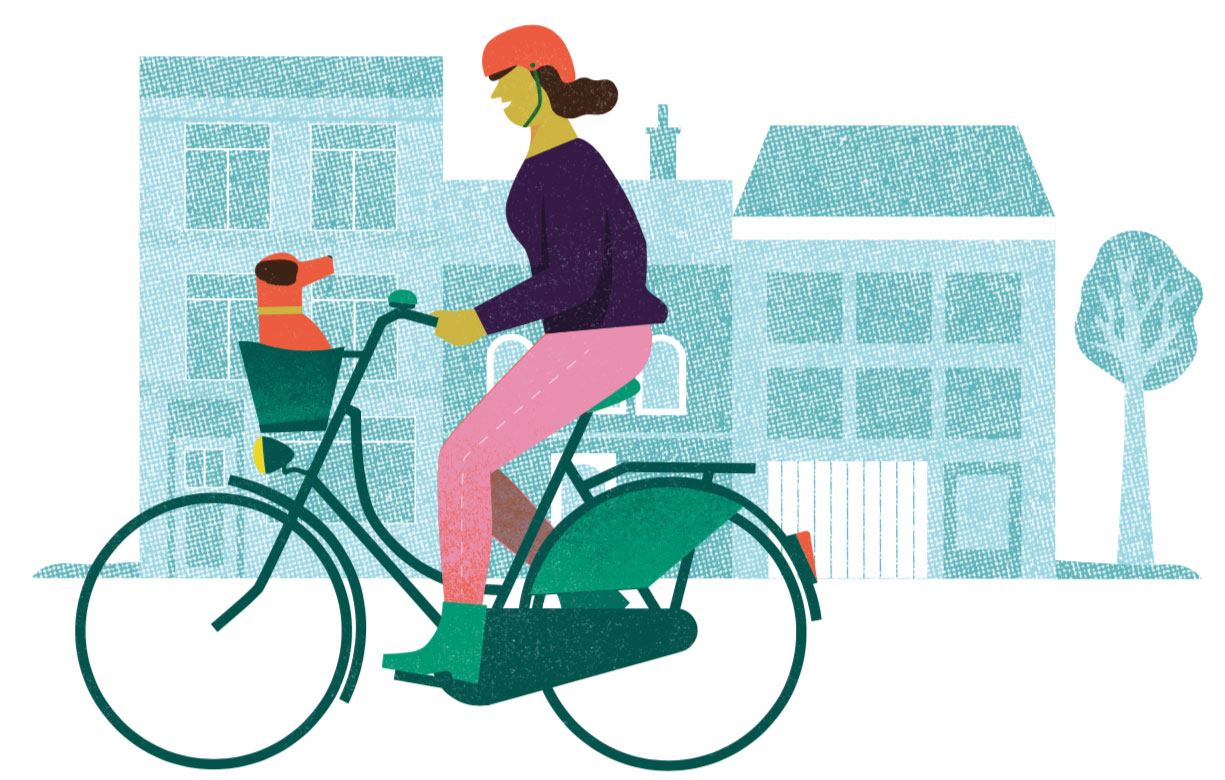
How can I get Telraam devices on the streets near me?
You can choose to host an individual device on your street, or work with the local authority or a campaign group to establish a wider network for a whole groups of streets.
You can read more below on Telraam's methodology and why Citizen Science is so unique and valuable, but it only works when you get involved.
Telraam provides the tools so motivated individuals can monitor their own street, but can also work together in a network to empower whole communities to work together.
Read all about our Network subscription and tools and see how you could build your own.

Use Cases
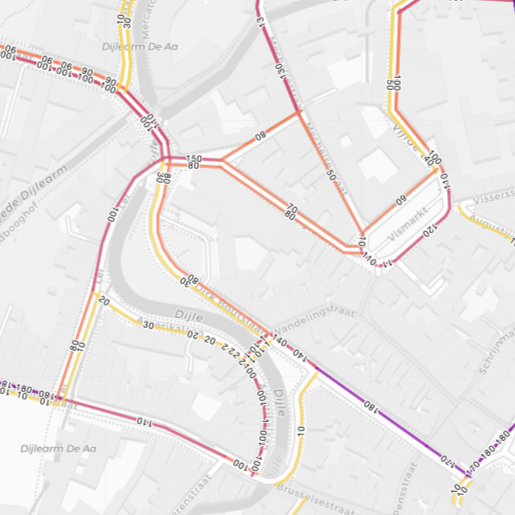
Traffic models
Use Telraam to calibrate traffic models and provide insights into traffic volumes at a local level.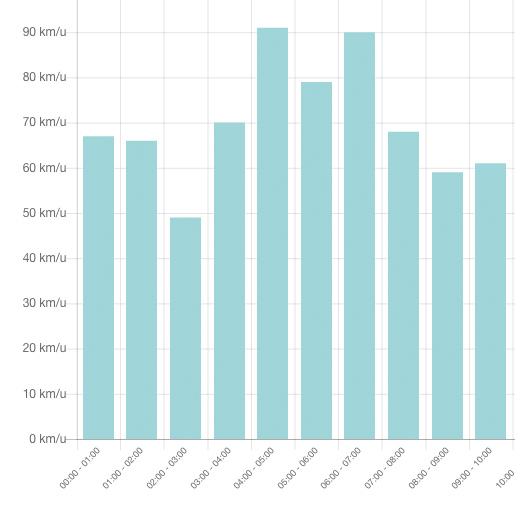
Safer Streets
The main causes of danger are motor vehicles, so it stands to reason that we need to measure how these use the street, in terms of modal share, volume and speed.Read more
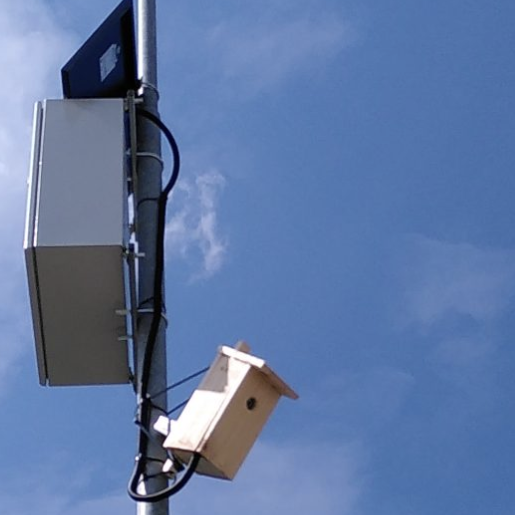
Clean Air
Maps of air quality can highlight a link between poor air quality and high traffic levels, but to reduce car journeys you need to know how many cars are actually using the road, and when.Read more
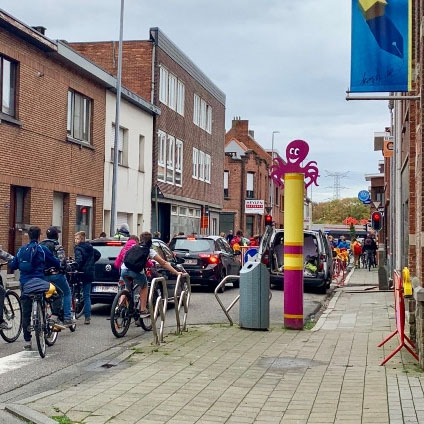
School Streets
Arriving and leaving a school should be a safe, healthy and enjoyable experience for children, parents and local residents. Measure the implementation and successRead more
Want to make your view count?
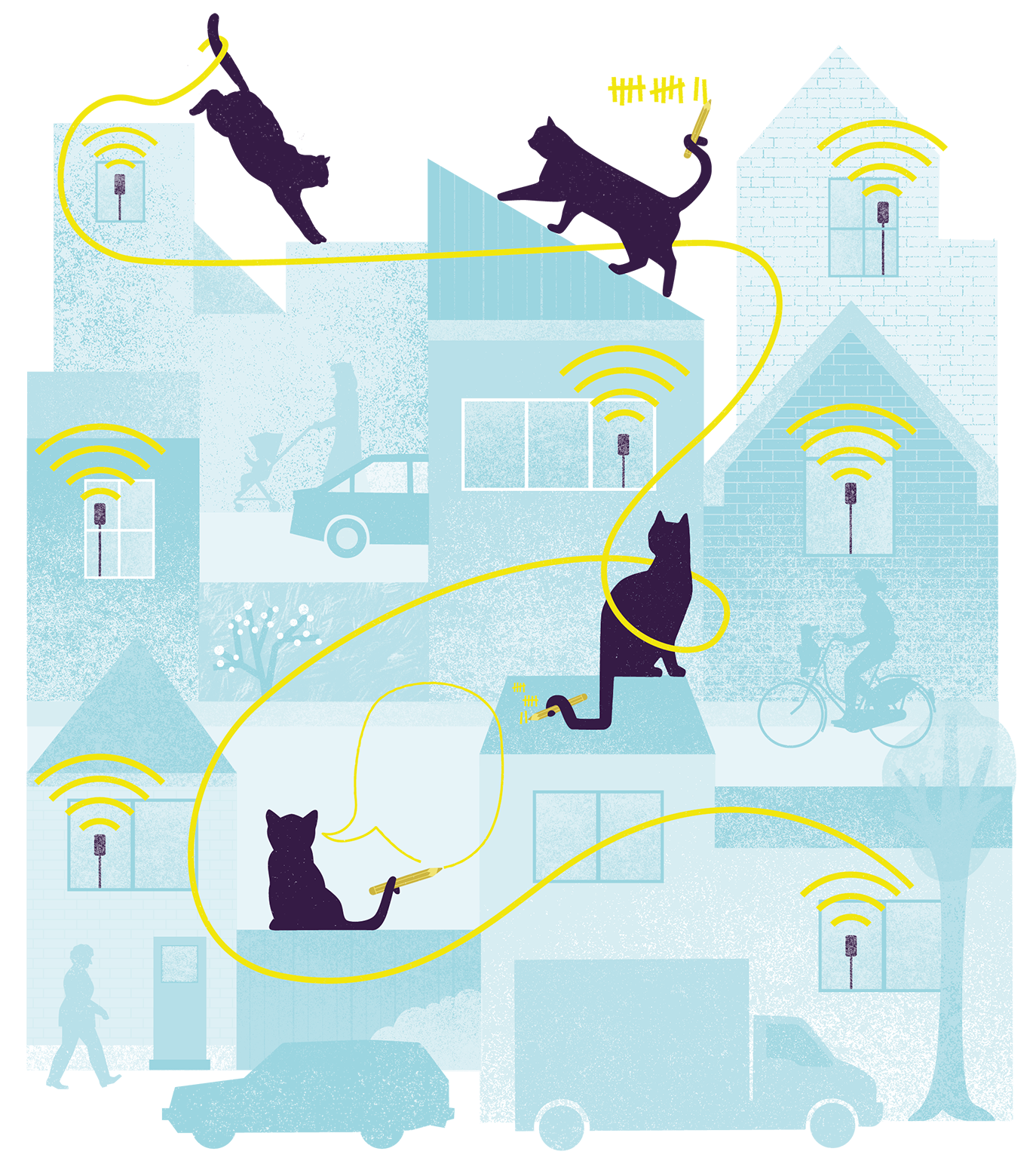
The Telraam Methodology
Telraam offers purpose-built, affordable, artificial intelligence driven traffic counting sensors, a network-management framework, and a complete architecture for storing, analysing, visualising, and distributing traffic data. In this setup the Telraam sensors are hosted by citizen scientists, establishing a valuable bridge between their neighbourhoods, local authorities, and mobility professionals. This connection, and the open access to the collected traffic data, democratises local traffic planning, and opens up new opportunities for all involved parties.
The Telraam approach:
Why Citizen Science?
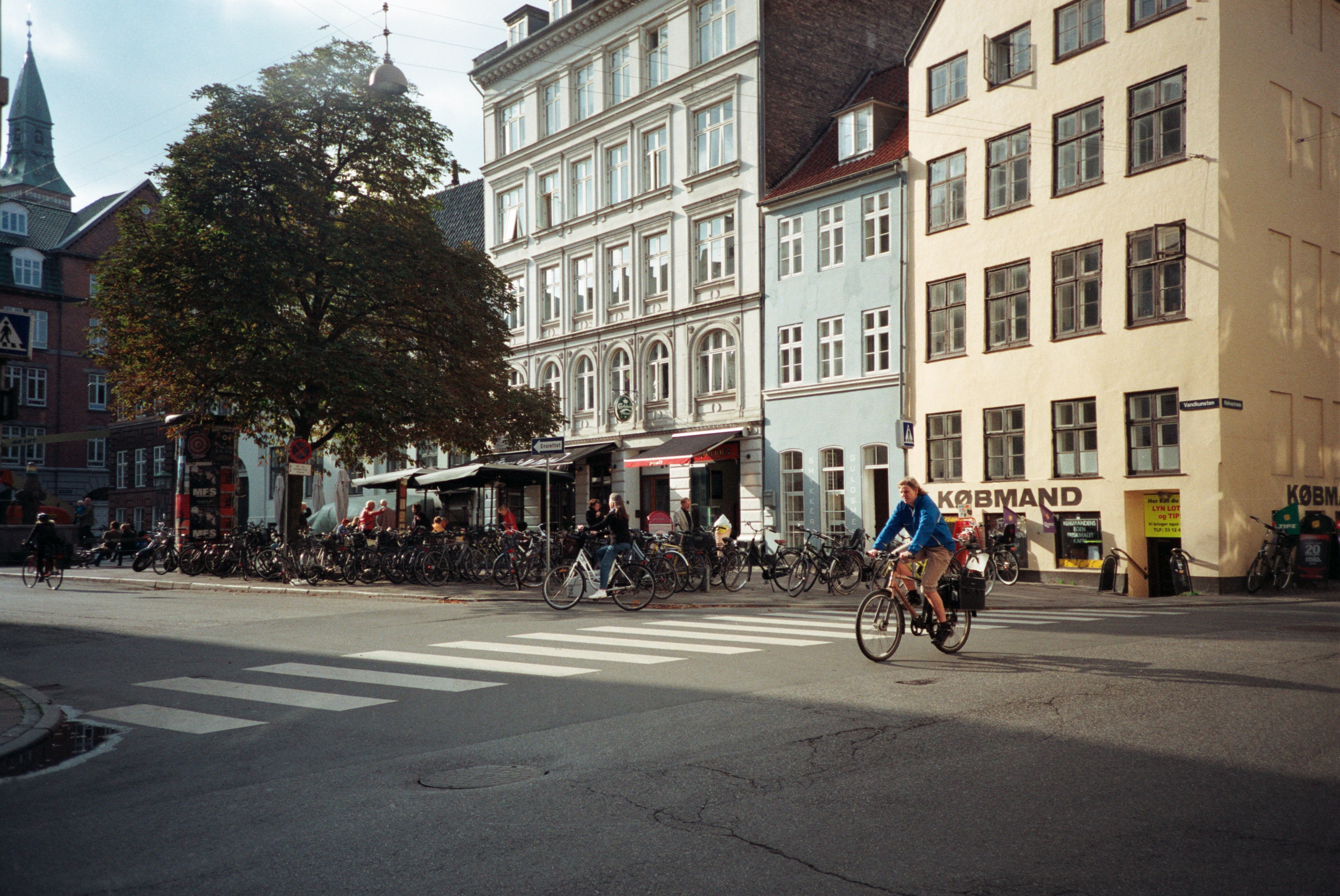
Citizen science projects can be a cost-effective way for local authorities to gather data and gain insights into traffic issues in their community. No need for expensive street installations to protect the security of street users and the counting devices.
Citizen scientists are residents of the community in which they are collecting data, which means they have the local knowledge and perspectives that can be valuable in understanding local issues and developing locally applicable solutions.
Citizen science projects can be a way to engage members of the community in the decision-making process and to get them more invested in finding solutions to the local challenges.
By involving citizens in the data-gathering process, local authorities can also create a greater sense of ownership and buy-in for solutions that are developed as a result of these collaborations, which will lead to more widespread adoption and a greater positive impact and reception in the community.
What does Telraam Count?
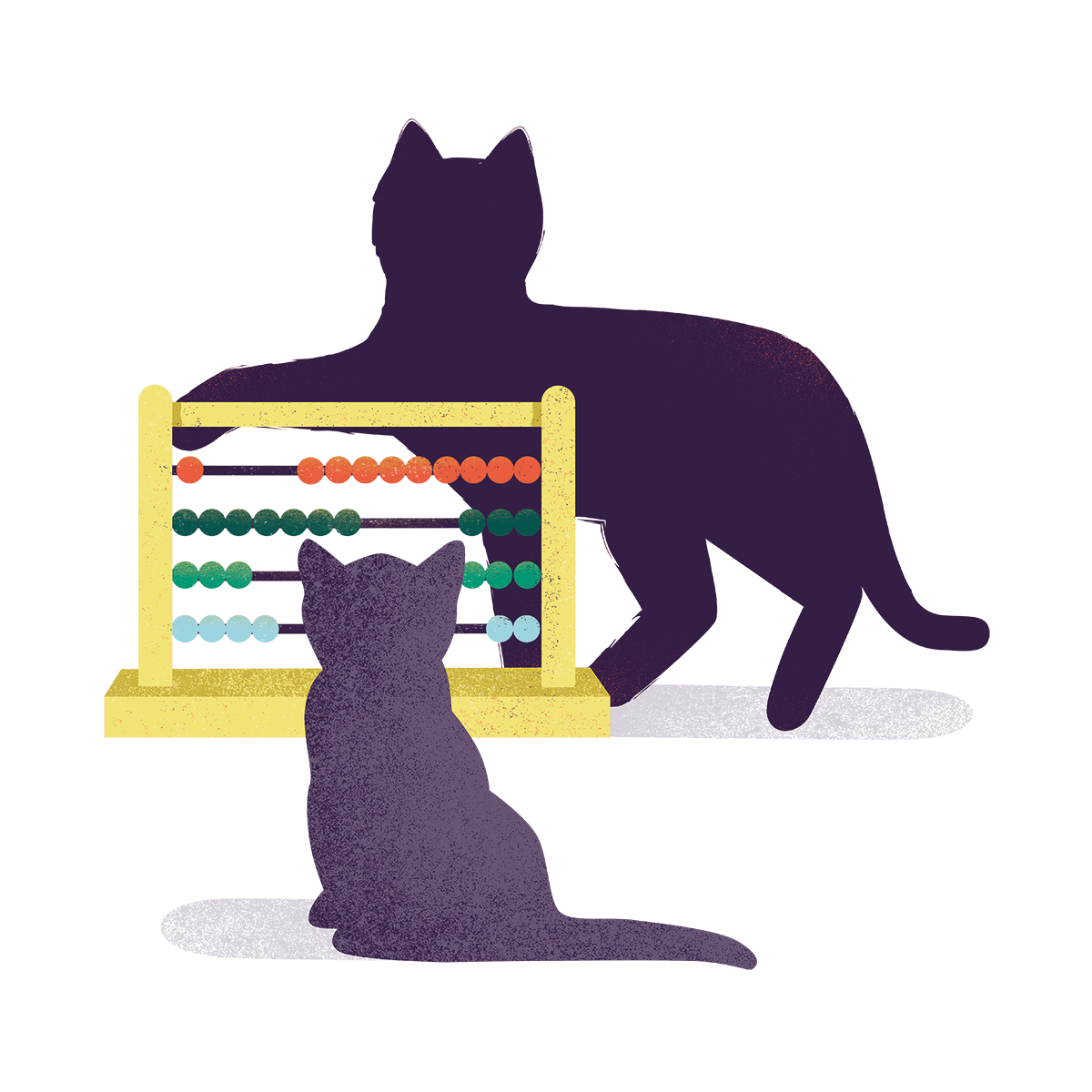
Telraam sensors count road users classified into various categories.
The data that is displayed on the Telraam website (and made available via the Telraam API) includes four categories.
The new Telraam S2 device is capable of differentiating between an even broader set of road user. You have access to these new classes with the advanced data, available through the premium or network subscription.
| V1 data categories | S2 data categories |
| Pedestrians | Pedestrians Strollers |
| Two-wheelers | Bicycles Motorbikes |
| Cars | Cars |
| Heavy vehicles | Vans Trucks Buses Trailers Tractors |
How to start counting?
As an individual citizen you can buy your own Telraam device and count traffic in your street on your own via the Telraam platform.
Visit our shop
Alternatively, join one of the many networks already counting or recruiting.
Browse the network list
No existing networks in your area, or need to decide where to collect traffic data?
Start and manage your own network